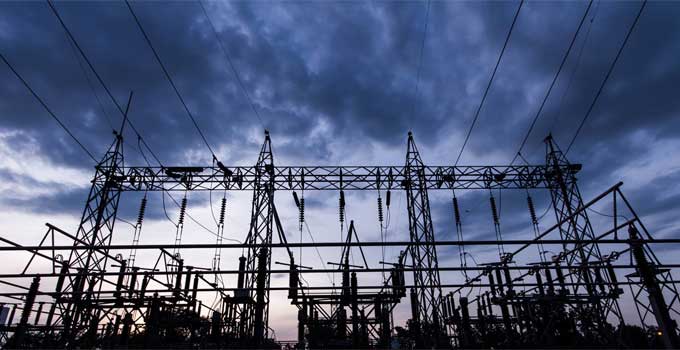THOUGHT LEADERSHIP
Can the power grid weather the weather?
Even a single day of load shedding makes people doubt the national grid’s robustness. How will the grid cope if we experience extreme weather conditions more often?
Things get hot in Australia. They can get smoky, or wet, or cold. Australia’s beauty is in its ruggedness, its unpredictability and its diversity of natural environments. It’s what Dorothea Mackellar captured so well in the famous Australian poem ‘My Country’ – a ‘sunburnt’ land of ‘flood and fire and famine’, with ‘droughts and flooding rains’.
As dramatic weather patterns become more intense and more frequent, the electricity grid must be robust, or at least be managed to adapt to short-term challenges.
If we get the design standards right and if conditions fall within the expected extremes contemplated by the framers of the standard, then everything works. However, what happens when conditions are abnormal? In heatwaves, we see people hosing the rail network to stop expansion. We’ve seen hosing to cool distribution power transformers at peak times too. But there’s only so much water and so many hoses that we can deploy when the heat is on. It’s not a sustainable solution.
Can we manage?
Yes … but we must manage actively. Business as usual will not be enough. Consumers will not tolerate lower levels of reliability based on the weather. So something has to change.
There are a few mutually supporting paths we could take, including (1) considering extreme temperature ratings and improving the reach and spread of weather monitoring and weather-dependent grid management; (2) adjusting standards to contemplate higher temperatures; and (3) reducing our reliance on high flows to deliver peak demand.
1. Consider extreme temperature ratings
Incentives already exist for our network service providers (NSPs) to release hidden capacity in networks. The incentives remain a small percentage of the overall regulated income they receive. The contemplation and control of realistic ratings under unusual weather conditions could be made more attractive to our NSPs. The NSPs would then be more likely to make these opportunities for capacity benefits transparent to the regulator and the public.
Generators are now being required to stipulate capacity at higher temperatures, but this is not being applied universally across existing plant. As we saw in Victoria this summer, the market is very reactive to the unplanned withdrawal of power from large thermal units – as much, if not more, than it is to variations in wind and solar power. Thermal machines have shown themselves to be sensitive and not always robust in prolonged hot spells.
2. Change the standards
If maximum temperatures continue to climb, our standards or ratings may need to be adjusted to suit. In a global market, we have to be careful about being too ‘special’ or we’ll end up paying for specifications that cost more than the benefits they deliver. A half-way position may be for generators to estimate their capacity in relation to temperature conditions and require tuning of these estimates over time. This would at least give us an idea of the temperature effects on production across the fleet. The results of this might then inform the need for changes to standards or at least build quality to relieve unmanageable reductions.
3. Reduce reliance on high flows
We’ve seen the effect that emergency events such as storms and fire have on the grid. Storms are managed through localised declarations of special constraint sets. They’re also generally short-lived. As we saw with the Tasmanian bushfires this summer, smoke and fire can affect a transmission corridor for weeks at a time. Because intense storms and fires tend to be rare, the market can take some time to adapt. Some planning or scenario work by AEMO might help prepare the market and reduce the impact on supply.
Reducing our reliance on high flows to regulate price or maintain supply may also be valuable. This suggests a need for storage/s at opposite ends of tie lines and interconnectors so that short periods of constrained flow can be compensated partially or fully by the far-end storage.
We may also need some flow-path diversity on critical corridors or on corridors that link dispatchable generation sources with loads.
There’s little doubt that Australia will experience more frequent and intense floods, fires and heatwaves. In our ‘sunburnt country’ we need to keep our eyes firmly on the future of our climate, and we must build resilience into our generators, grid and market systems.
If you would like to find out more about how Entura can help you navigate your challenges in the electricity market, please contact Donald Vaughan on +61 3 6245 4279.
About the author
Donald Vaughan is Entura’s Technical Director, Power. He has more than 25 years of experience providing advice on regulatory and technical requirements for generators, substations and transmission systems. Donald specialises in the performance of power systems. His experience with generating units, governors and excitation systems provides a helpful perspective on how the physical electrical network behaves and how it can support the transition to a high renewables environment.
MORE THOUGHT LEADERSHIP ARTICLES
May 7, 2019







